Related Research Articles
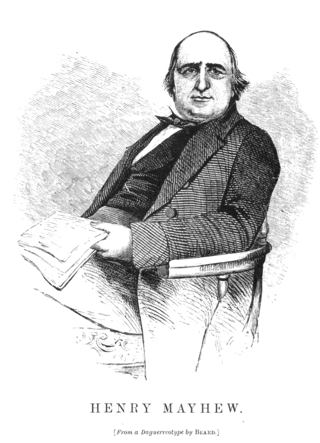
Henry Mayhew was an English journalist, playwright, and advocate of reform. He was one of the co-founders of the satirical magazine Punch in 1841, and was the magazine's joint editor, with Mark Lemon, in its early days. He is also known for his work as a social researcher, publishing an extensive series of newspaper articles in the Morning Chronicle that was later compiled into the book series London Labour and the London Poor (1851), a groundbreaking and influential survey of the city's poor.
This article contains information about the literary events and publications of 1847.
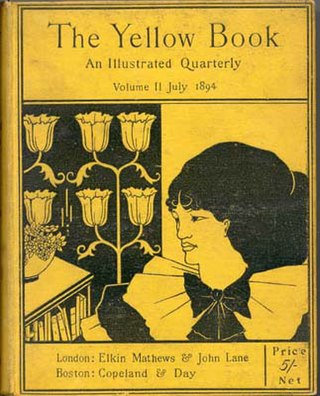
The Yellow Book was a British quarterly literary periodical that was published in London from 1894 to 1897. It was published at The Bodley Head Publishing House by Elkin Mathews and John Lane, and later by John Lane alone, and edited by the American Henry Harland. The periodical was priced at 5 shillings and lent its name to the "Yellow Nineties", referring to the decade of its operation.
Annual publications, more often simply called annuals, are periodical publications appearing regularly once per year. Although exact definitions may vary, types of annuals include: calendars and almanacs, directories, yearbooks, annual reports, proceedings and transactions and literary annuals. A weekly or monthly publication may produce an Annual featuring similar materials to the regular publication. Some encyclopedias have published annual supplements that essentially summarize the news of the past year, similar to some newspaper yearbooks.
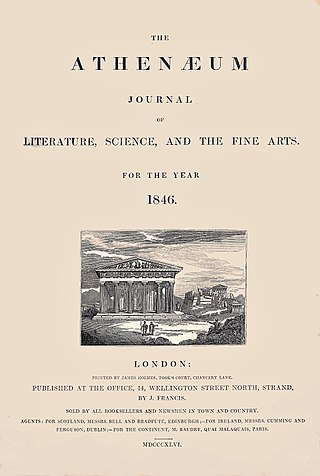
The Athenæum was a British literary magazine published in London, England, from 1828 to 1921.
Smith, Elder & Co., alternatively Smith, Elder, and Co. or Smith, Elder and Co. was a British publishing company which was most noted for the works it published in the 19th century. It was purchased by John Murray in the early 1900s, its archive now kept as part of the John Murray Archive at the National Library of Scotland in Edinburgh, Scotland.
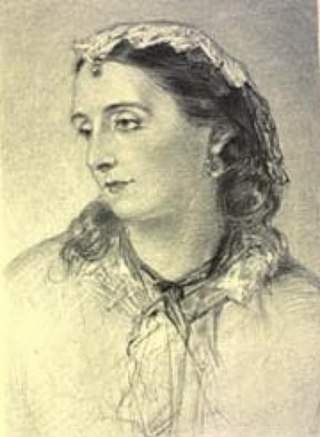
Helen Selina Blackwood, Baroness Dufferin and Claneboye, later Countess of Gifford, was an Irish songwriter, composer, poet, and author. Admired for her wit and literary talents, she was a well-known figure in London society of the mid-19th century.

Elizabeth Robins Pennell was an American writer who, for most of her adult life, made her home in London. A recent researcher summed her up as "an adventurous, accomplished, self-assured, well-known columnist, biographer, cookbook collector, and art critic"; in addition, she wrote travelogues, mainly of European cycling voyages, and memoirs, centred on her London salon. Her biographies included the first in almost a century of the proto-feminist Mary Wollstonecraft, one of her uncle the folklorist Charles Godfrey Leland, and one of her friend the painter Whistler. In recent years, her art criticism has come under scrutiny, and her food criticism has been reprinted.
Charles Robert Forrester was an English lawyer and writer, who sometimes wrote under the pseudonym Hal Willis, frequently with illustrations provided by his brother Alfred Henry Forrester (1804–1872) who shared the pseudonym Alfred Crowquill.
Catharina Ahlgren was a Swedish proto-feminist poet and publisher, and one of the first identifiable female journalists in Sweden.
Thomas Kibble Hervey was a Scottish-born poet and critic. He rose to be the Editor of the Athenaeum, a leading British literary magazine in the 19th century.

Gift books, literary annuals, or keepsakes were 19th-century books, often lavishly decorated, which collected essays, short fiction, and poetry. They were primarily published in the autumn, in time for the holiday season and were intended to be given away rather than read by the purchaser. They were often printed with the date of the coming new year, but copyrighted with the actual year of publication.
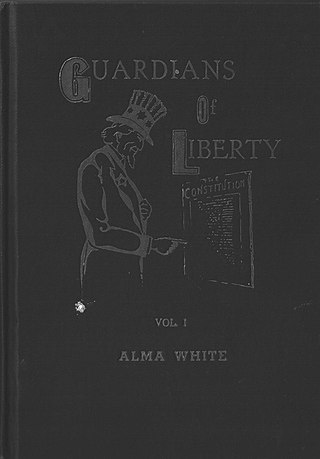
Guardians of Liberty is a three volume set of books published in 1943 by Bishop Alma Bridwell White, author of over 35 books and founder of the Pillar of Fire Church. Guardians of Liberty is primarily devoted to summarizing White's vehement anti-Catholicism under the guise of patriotism. White also defends her historical support of and association with the Ku Klux Klan while significantly but not completely distancing herself from the Klan. Each of the three volumes corresponds to one of the three books White published in the 1920s promoting the Ku Klux Klan and her political views which in addition to anti-Catholicism also included nativism, anti-Semitism and white supremacy. In Guardians of Liberty, White removed most, but not all of the direct references to the Klan that had existed in her three 1920s books, both in the text and in the illustrations. In Volumes I and II, she removed most of the nativist, anti-Semitic and white supremacist ideology that had appeared in her predecessor books. However, in Guardians Volume III, she did retain edited versions of chapters promoting nativism, anti-Semitism and white supremacy.

Mary Wollstonecraft Shelley was an English novelist who wrote the Gothic novel Frankenstein; or, The Modern Prometheus (1818), which is considered an early example of science fiction and one of her best-known works. She also edited and promoted the works of her husband, the Romantic poet and philosopher Percy Bysshe Shelley. Her father was the political philosopher William Godwin and her mother was the philosopher and women's rights advocate Mary Wollstonecraft.

And Still I Rise is author Maya Angelou's third volume of poetry, published by Random House in 1978. It was published during one of the most productive periods in Angelou's career; she had written three autobiographies and published two other volumes of poetry up to that point. Angelou considered herself a poet and a playwright, but was best known for her seven autobiographies, especially her first, I Know Why the Caged Bird Sings, although her poetry has also been successful. She began, early in her writing career, alternating the publication of an autobiography and a volume of poetry.
Louisa Henrietta Sheridan was an English writer and illustrator. Her most well-known work, published by Smith, Elder & Co., is the literary annual, The Comic Offering, for which she served as editor and contributor from 1831 to 1835. She also edited The Diadem, a Book for the Boudoir.
C.E. Humphry (1843–1925), who often worked under the pseudonym "Madge", was a well-known journalist in Victorian-era England who wrote for and about issues relevant to women of the time. She wrote, edited and published many works throughout her career and is perhaps best known for originating what was known as the "Lady's Letter"-style column she wrote for the publication Truth, read throughout the British Empire. She was one of the first woman journalists in England.
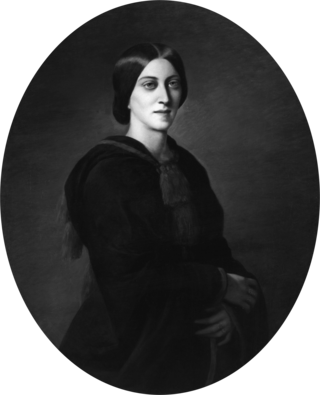
Adelaide Anne Procter was an English poet and philanthropist.
Anne Mozley was a British author and critic. She lived in Derby and the small village of Barrow-upon-Trent, which is south of the city. She has been described as an almost anonymous author, as few of her works were attributed to her on first publication. She is credited with the first review of George Eliot's book, Adam Bede, that recognized that it had to be written by a woman.
Alice Abigail Corkran was an Irish author of children's fiction and an editor of children's magazines. Born in France to Irish parents, she grew up in the stimulating environment of her mother's literary salon. She was a playmate of Robert Browning's ageing father, and still had his workbooks in her possession when she died. As well as writing a number of well received novels, she edited first the Bairn's Annual and then The Girl's Realm, being the founder of that magazine's Guild of Service and Good Fellowship, which maintained a cot at the Ormond Street Hospital for Sick Children, among other charitable works.
References
- 1 2 3 4 Hunt, Tamara L., "Louisa Henrietta Sheridan's "Comic Offering" and the Critics: Gender and Humor in the Early Victorian Era", Victorian Periodicals Review, 1996
- ↑ Maidment, Bryan, "A Draft List of Published book and periodical contributions by Robert Seymour", Victorians Institute Journal